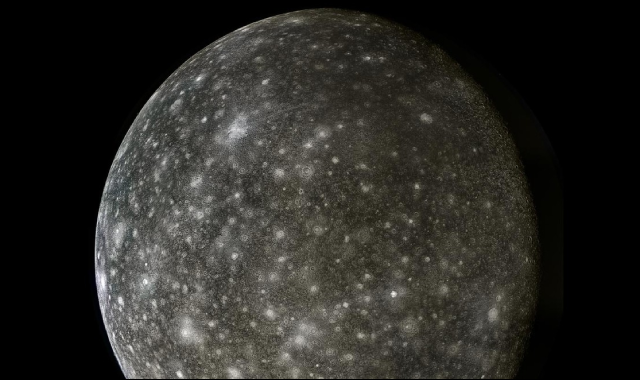
Recent findings by an International Team of Scientists, including researchers from India, have uncovered compelling evidence suggesting the presence of ozone on Callisto, one of Jupiter's moons. Once considered barren, this discovery hints at the possibility of life-supporting conditions on this icy celestial body.
Key Features of Callisto
- Discovered in 1610 by Galileo Galilei, Callisto ranks among Jupiter's largest moons and is the Solar System's third-largest moon.
- Composed primarily of water ice, rocky materials, sulfur dioxide, and organic compounds, Callisto's heavily cratered surface indicates a history of asteroid and comet impacts.
- Unlike some of Jupiter's other moons, such as Io and Europa, Callisto exhibits minimal seismic activity.
Implications of Ozone Discovery
The presence of ozone on Callisto suggests the existence of oxygen, a vital component for supporting life. This revelation challenges previous assumptions about the moon's habitability and opens new avenues for exploring its potential as a habitat for microbial life.

- Kepler-22b: The first exoplanet confirmed within the habitable zone of a sun-like star, Kepler-22b is approximately 2.4 times the size of Earth and could potentially harbor liquid water on its surface.
- Proxima Centauri b: Orbiting the closest star to the Sun, Proxima Centauri b lies within the habitable zone and is considered a prime candidate for hosting liquid water and, by extension, life.
- TRAPPIST-1 System: This system comprises seven Earth-sized planets orbiting an ultra-cool dwarf star, with several planets located within the habitable zone. Some of these planets may possess conditions suitable for liquid water and potentially support life.
As humanity continues to explore the cosmos, discoveries like the presence of ozone on Callisto and the identification of potentially habitable celestial bodies offer tantalizing prospects for unraveling the mysteries of extraterrestrial life. These findings underscore the need for continued research and exploration to unlock the secrets of the universe and humanity's place within it.
















